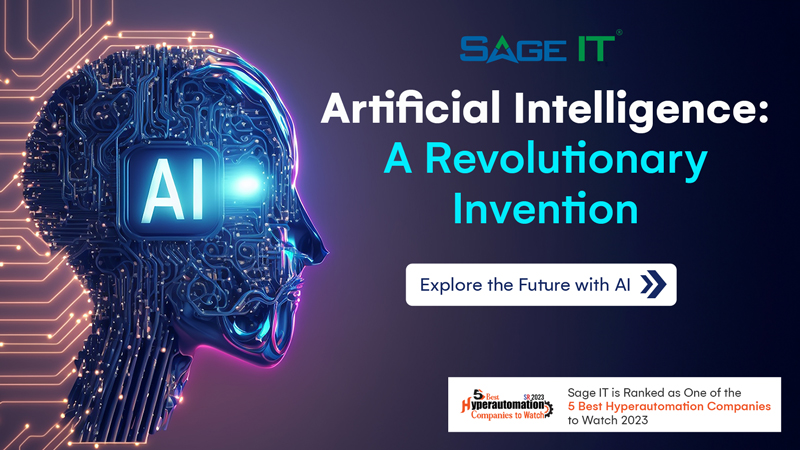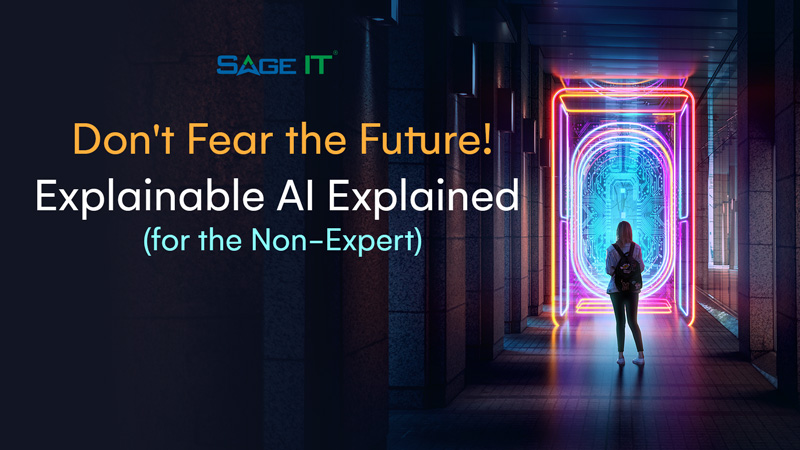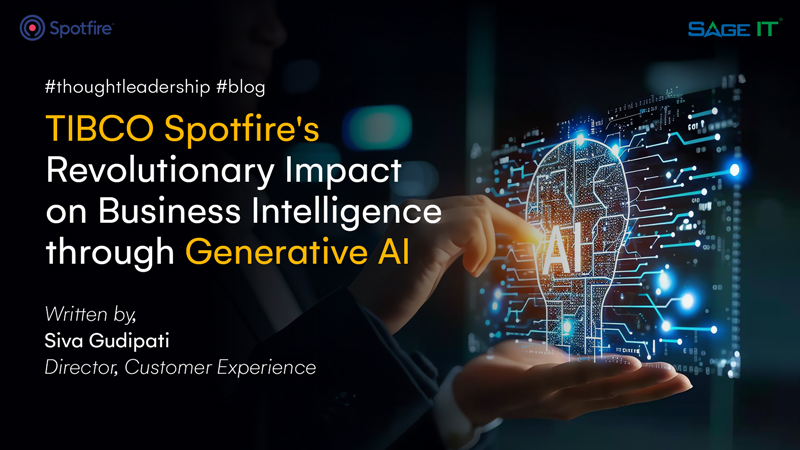
Artificial Intelligence: A Revolutionary Invention
AI was officially born in 1956 at the Dartmouth Conference, where it was initially presented as research done by a group of scientists. This research is more focused on designing algorithms and programmes to do tasks that are traditionally performed by humans. During the 1950s and 1960s, researchers such as Marvin Minsku, Alan Turing, and John McCarthy, along with other members of the group, took the study to the next stage of development.
Where AI stands?
The development of AI is an ongoing process that aims to give the digital world the most effective possible use of it in combination with human intellect. In today’s world, AI is the ability of a machine to do tasks with the assistance of human interactions. It is the goal of intelligence to imitate cognitive processes such as problem-solving, insights, and decision-making a concept central to Intelligent Automation. To obtain processed information, thinking patterns, decisions, and predictions, AI systems use complicated algorithms and data. AI is mostly used to analyse data in order to gain insights that would assist organisations in growing their businesses. Learn more about how AI complements BPA here.
Terms we hear about AI
What AI can Do?
To tackle complicated problems, AI systems can duplicate human talents and employ a set of knowledge-based rules. They are most utilised for quick insights and judgements in finance, marketing, and the health care system. Furthermore, AI’s integration with technologies like RPA is Accelerating automation. Learn more about this in our article on How AI Is Supercharging RPA (Robotic Process Automation).
AI automation and control systems that perform without human intervention, such as self-driving automobiles, are stepping stones towards Hyperautomation also employ a variety of AI approaches, such as computer vision, sensor fusion, and working or planning on algorithms. AI also includes features such as predictive analysis and robots.
It is crucial to understand that while AI is currently available in computer systems, it still has limitations and is controlled by humans.
AI systems rely on datasets or subsets, as well as how they are trained. Humans can benefit from generative AI by automating tedious tasks (see our page on RPA for more on automation technology), personalising experiences, assisting in problem-solving, increasing creativity, and providing critical insights. Generative AI can be both a benefit and a curse for future generations, depending on how technology is applied in real-world circumstances.
There are many different AI tools available to complete a variety of jobs, such as NLP (Natural Language Processing) tools, which allow us to input data and the system will analyse, comprehend, and offer the results in a format that is legible by humans. For instance, Google Translate and Plagiarism Checking Tools. Apache OpenNLP, NLTK, PyTorch, and other NLP tools are used.
Tools for data visualisation:
These programmes use a data set as input to extract insights and display the data in a visual manner. For instance, consider PowerBI and Tableau.
Speech recognition systems convert spoken words into written text using human speech as their input. Control or help that may be accessed using voice commands is voice-enabled. Examples encompass SIRI and Alexa
There are many more AI tools coming with increasingly sophisticated features and technologies; these are only a few examples. According to market trends, the market for AI services is expected to reach $90 billion within the next few years.
Contributed for Sage IT by,
Kishore Kumar Kottu
Associate Project Manager
For enquires, mail to [email protected]









